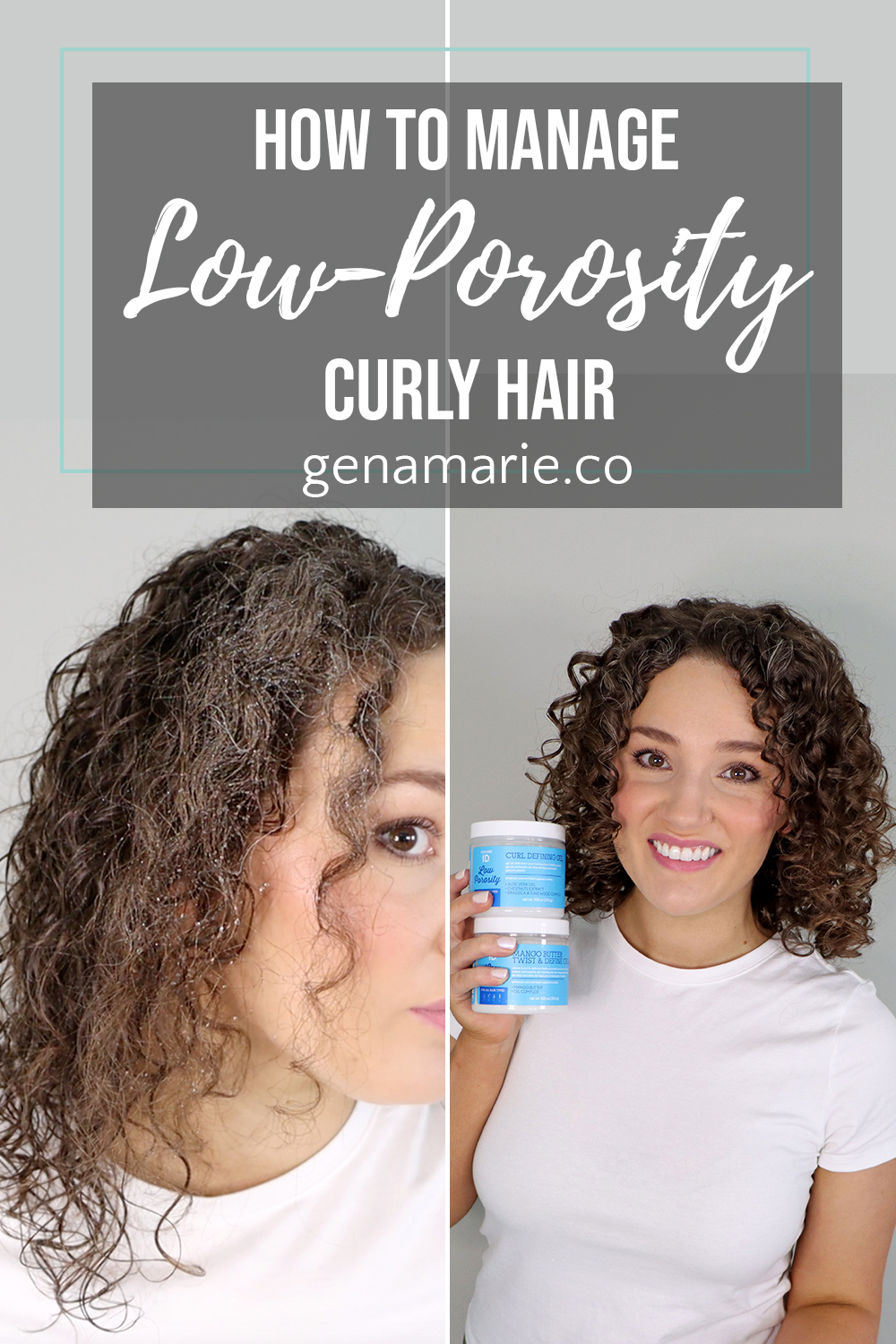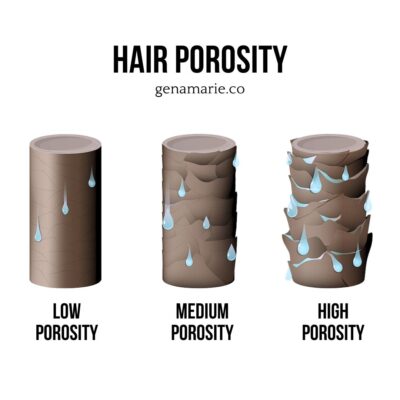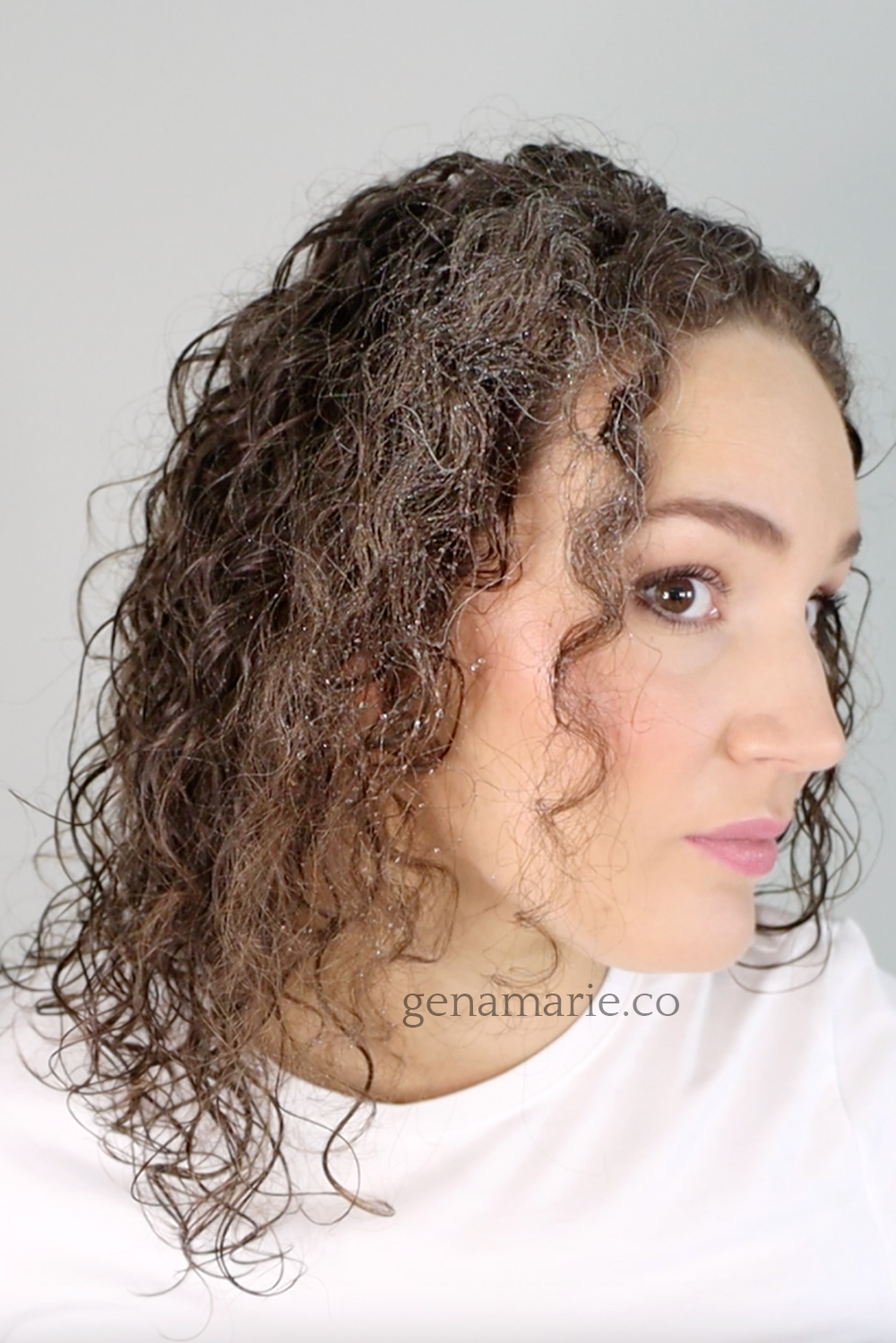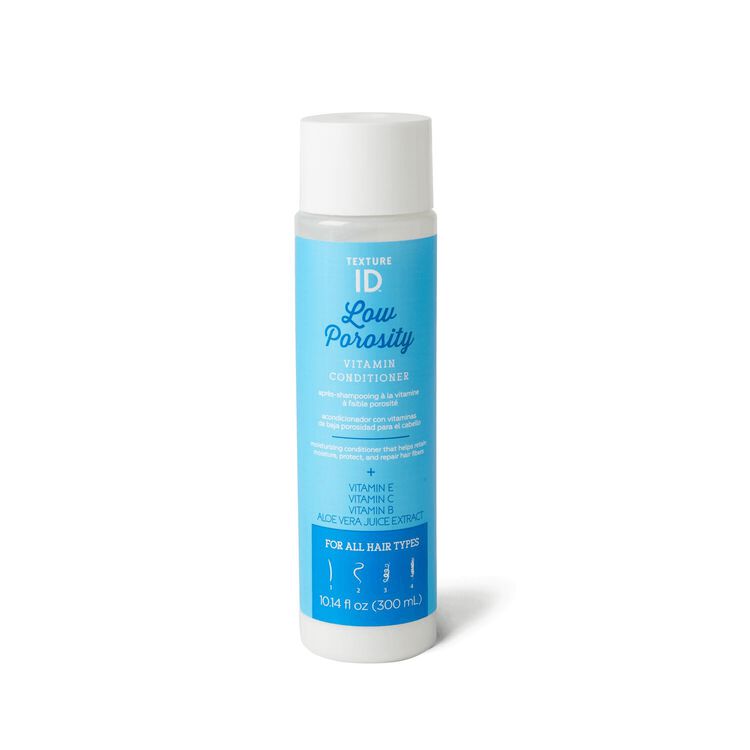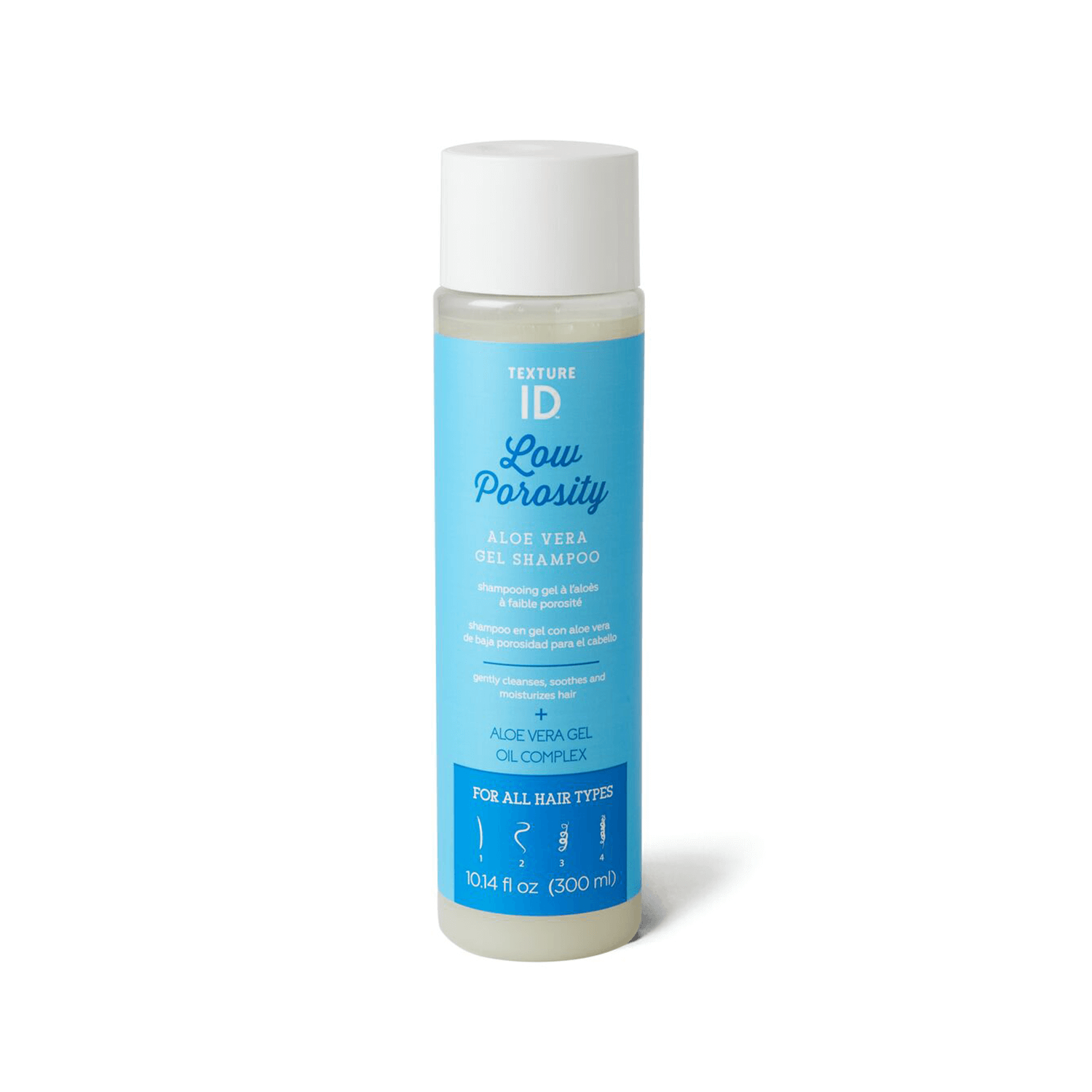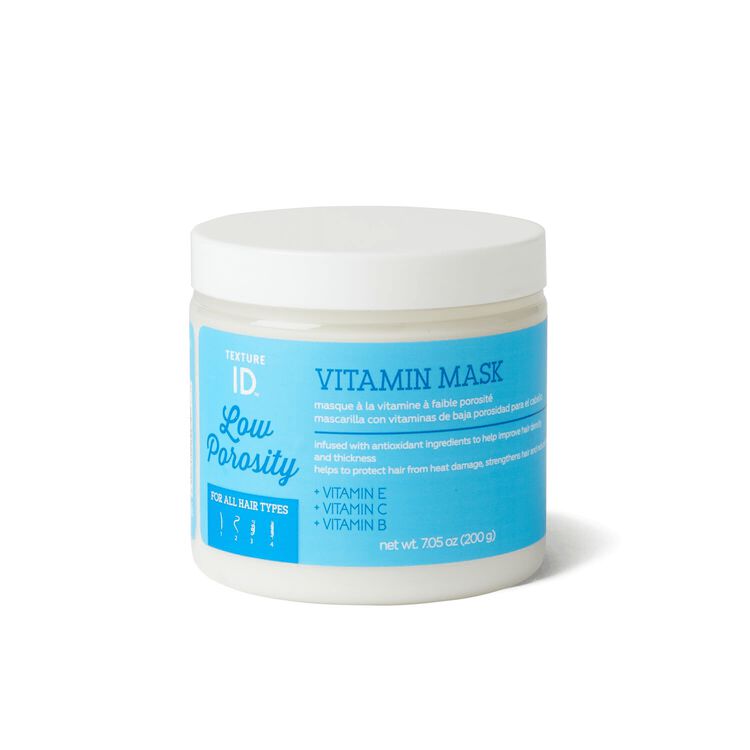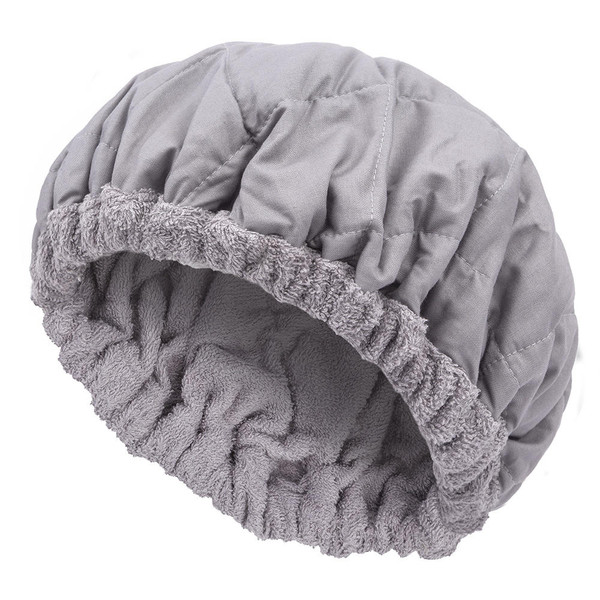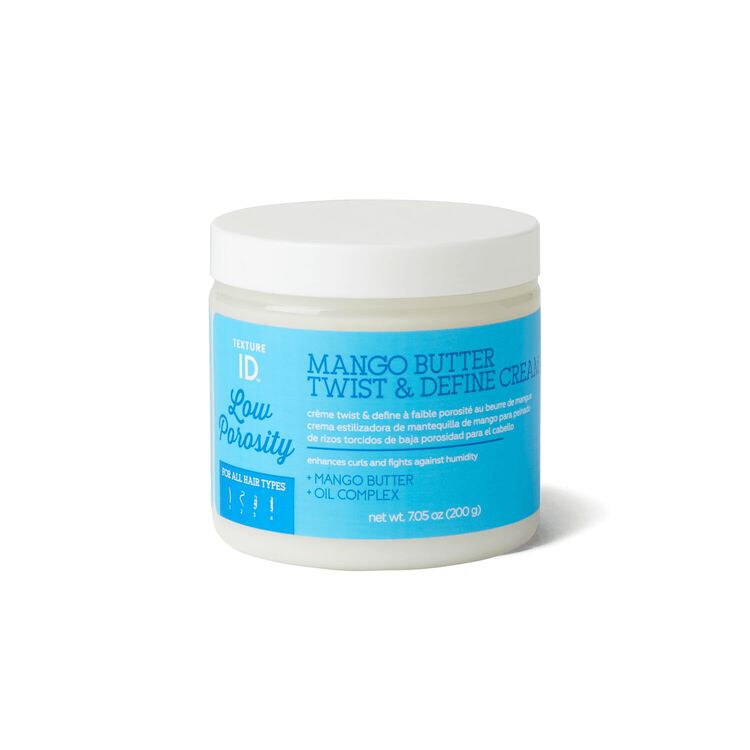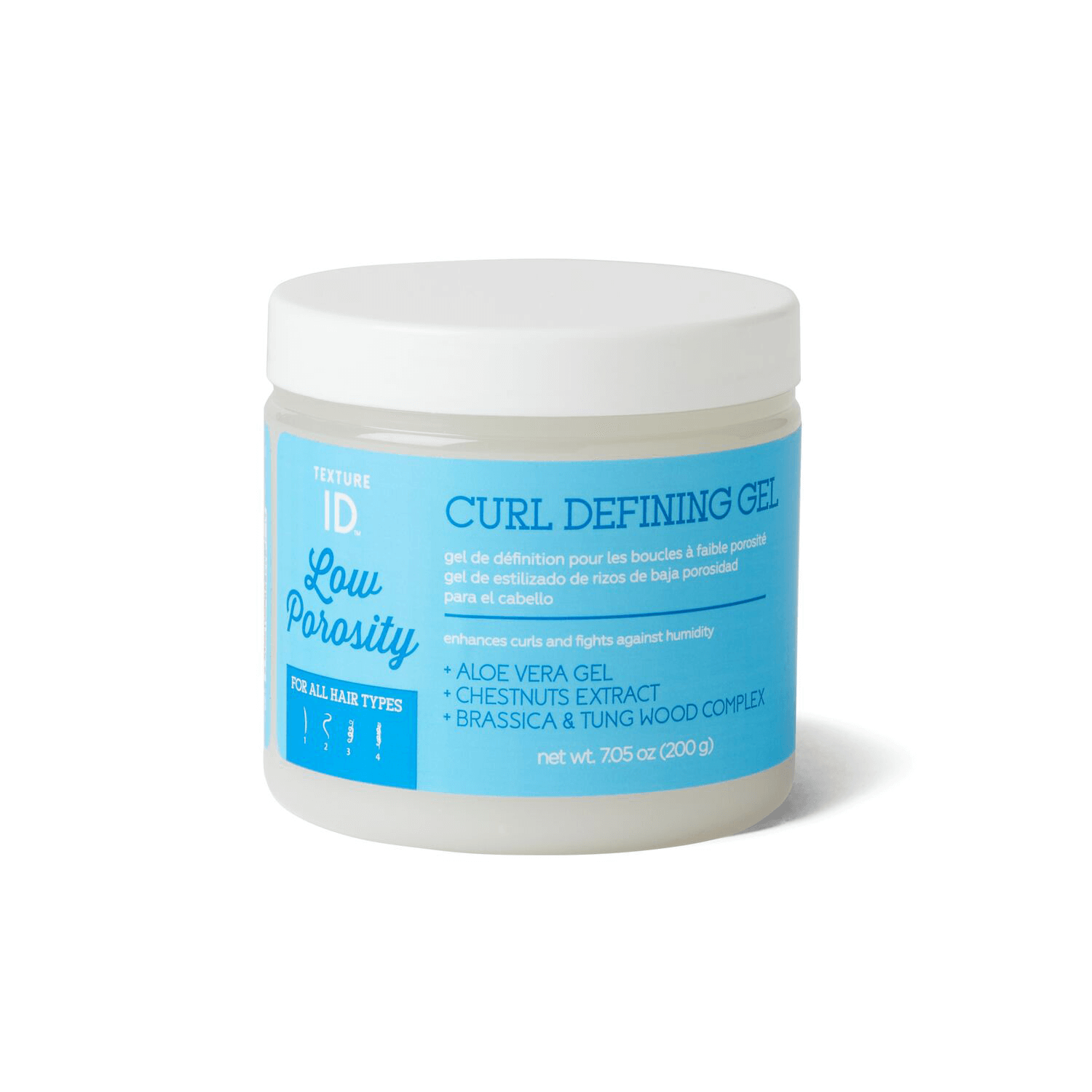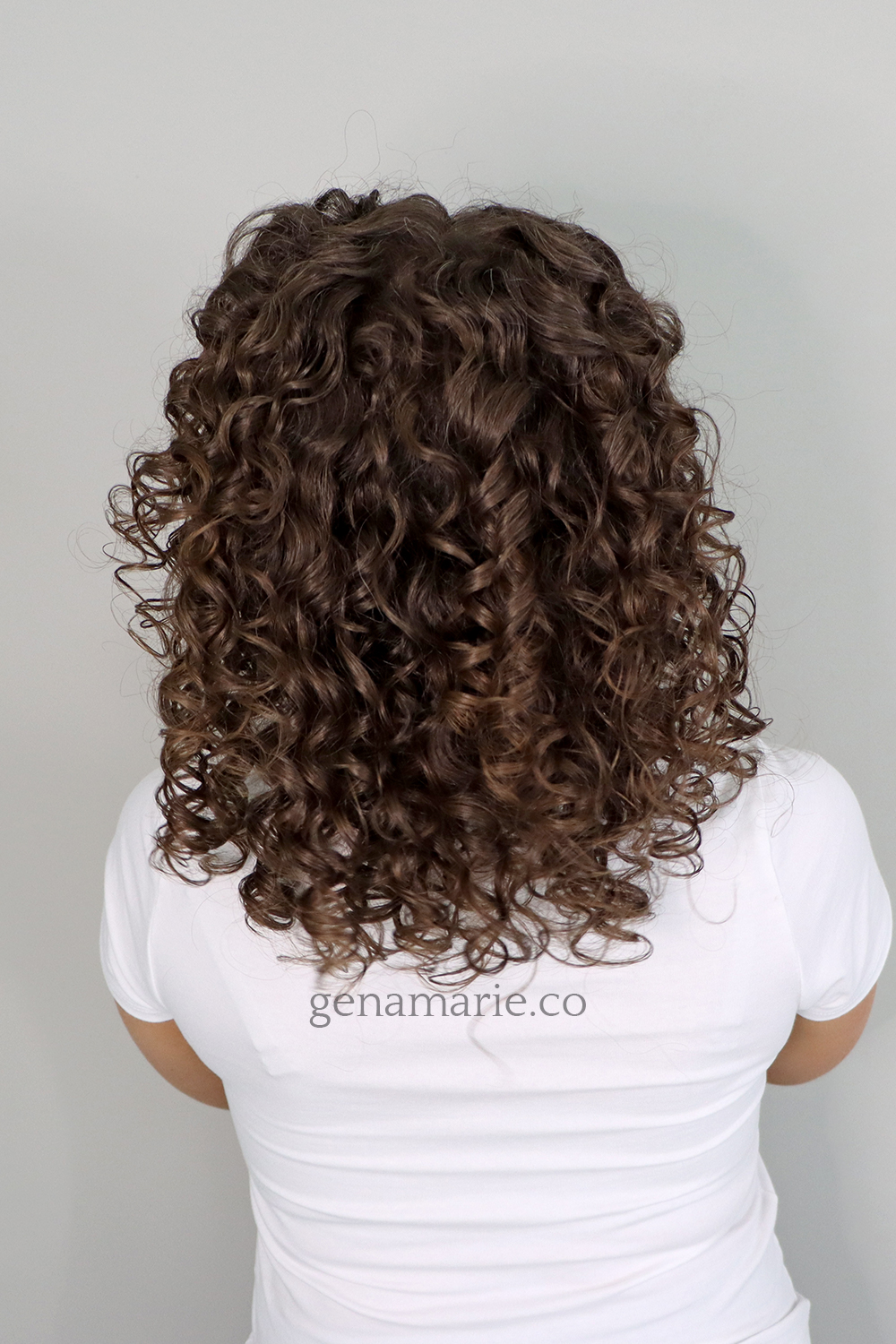How to Manage Low-Porosity Curls | Low Porosity 101 ft. Texture ID
|
How to Manage Low-Porosity Curls | Low Porosity 101 ft. Texture ID
Do you have low-porosity curly hair? This specific hair type comes with its own unique challenges, including moisture absorption & retention, buildup, and more. This video is going to be a comprehensive guide for how to care for low-porosity curly hair, including a wash day routine using Texture ID products from Sally Beauty, who is kindly partnering with me for the YouTube video. What is low-porosity hair?
Low porosity is a type of hair porosity where the cuticle layer is intact, protecting the inner layers of the hair and preventing water from absorbing and escaping. Low porosity hair does not exchange water with the environment quickly. This is not necessarily a “problem”! This means your cuticle layer is healthy, strong, and doing it’s job. Hair is naturally hydrophobic (repels water) and contains natural oils that lubricate the strands. However curly-textured hair, in particular, typically lacks those natural oils especially in tighter curl patterns because the scalp oil can’t travel down the strands easily. This combination of low porosity AND curly hair may cause an undesirable feeling when the hair is not adequately conditioned/oiled because it can lack flexibility and feel brittle. This brittle/dry feeling can be even worse if you also have coarse-texture hair where the individual strands are very thick. Most of us have low porosity at the root and our hair grows out of our head as low porosity. Porosity often increases as you go down the strand because most of us do some damaging things to our hair. Some people’s hair becomes more damaged than others, so it’s still possible to have mostly all high-porosity hair. Even if you have damaged hair, but your hair often feels dry and impossible to moisturize, these tips and routine will still apply! My hair is actually more high porosity, but I have a mix. The top section is high porosity because it’s more exposed to the sun and damage, whereas the lower section is a medium porosity and healthier. How to test your porosity
Float tests in a cup of water are not always accurate. There are too many variables that will impact how much your hair will sink or float such as buildup on the hair, thickness of the hair strand, and your water type. It’s best to observe your hair when it’s clean and free of buildup, products, etc. and when it’s dry. Wet your hair in the shower or spray it with a water bottle and watch how the water absorbs. Consider the symptoms of low-porosity hair, how it behaves, and your damage level. Signs you have low-porosity hair
Goals of low-porosity hair/what to look for in products
The Texture ID Low Porosity products check many of these boxes because they’re specifically designed for this hair type. They are infused with aloe vera gel (a great film-forming humectant), vitamins, and an oil complex to help with moisture retention. How to shampoo & condition low-porosity hair1. If your hair is very dry, brittle, and tangly, use a conditioner or hair mask first to detangle your hair.
Texture ID Low Porosity Vitamin Conditioner
2. Use a shampoo that has a good lather and will effectively cleanse away buildup while not drying out the hair with harsh sulfates.
Texture ID Low Porosity Aloe Vera Gel Shampoo
Shampoo more than once if needed. 3. If your hair is very dry, use a deep conditioning mask with humectants, lightweight conditioners, and not too many oils high on the list. Look for amino acids and peptides if you’re looking to strengthen your hair.
Texture ID Low Porosity Vitamin Mask The Texture ID Low Porosity Vitamin Mask contains:
You may not need to deep condition often if you have fine low-porosity hair. Put on a heated cap or use a hair steamer to increase the penetration of your mask. Rinse thoroughly and do not leave it on too long as this will lead to over-moisturized hair.
Hot Head Deep Conditioning Heat Cap How to style low-porosity hair4. Start with soaking wet hair. Applying products to wet hair can increase absorption for low-porosity hair. You may even want to style over your tub or in your shower. 5. Use a small amount of leave-in conditioner or curl cream if your hair is dry and lacking moisture. Leave-ins tend to be a bit more lightweight, and creams have styling agents in them.
Texture ID Low Porosity Mango Butter Twist & Define Cream 6. Apply a gel to definition, provide hold and longevity.
For more texture or grit if you have fine hair, add in a foam, mousse, or hairspray.
Texture ID Low Porosity Curl Defining Gel 7. Brush style if desired to further define your curls and increase longevity. 8. Scrunch with a hair towel to soak up excess water. This is key to speed up your dry time! 9. Diffuse to set your curl shape, cast, and increase longevity. If your hair falls throughout the day, avoid air drying and diffuse instead. It is not advised to air dry for hours and hours as it can weaken your hair. 10. Scrunch out the cast once dried if you prefer a softer look. Final Results
My hair is more high porosity, and this line still worked pretty well for me. I think it’s because I also have coarse areas that behave similarly to low-porosity hair, needing a lot of moisture and conditioning. My hair felt very soft, not brittle, and I had a lot of curl clumping. I did have a slight gel cast, but I would consider it more of a medium hold since it softens quite a bit after scrunching it out. I appreciate the amount of polymers in the gel, which really help prevent frizz in humidity. However, I did experience some frizz after being outside in very humid conditions, likely due to my high-porosity hair. If your hair is low porosity, you’re probably not going to get as much frizz as I did in humidity. If you have fine-textured hair that tends to get overly soft or silky, or becomes over-conditioned, I would suggest starting with just a couple of products from this line and incorporating some texturizing products as well. If you have brittle, coarse hair, these products are definitely going to be great for you. What do you think of my results? Comment below or reply!
|
Gena Marie
Curly hair coach helping you better understand your naturally curly hair through easy-to-follow tutorials, science-based haircare tips, and problem-solving.
If you’ve ever felt frustrated with your hair or caught yourself thinking, “I just have bad hair,” “Nothing ever works for me,” or “My curls won’t cooperate,” this is going to help you see things differently. These are the exact thoughts I hear from new clients. And after coaching hundreds of women inside my Group Curl Coaching Membership, I can confidently say: Your hair isn’t the problem — your mindset is. Learning your curls is so much more than technique. It’s the way you interpret your...
If you’re still getting frizz even though you’ve tried so many products, the issue may not be the products at all — it might be how you’re applying them. After coaching hundreds of curlies inside my Curl Coaching Membership, I’ve noticed something:Most people think they’re one perfect product away from great hair…But what they really need is a few small tweaks in application technique. In this step-by-step routine, I’ll walk you through exactly how I apply my products to reduce frizz, boost...
I’ve rounded up some of my top curly hair and beauty favorites that are on sale for Black Friday and Cyber Monday. I’ve included quick notes on each product’s key characteristics to help you decide what’s worth grabbing. Please note that I have compiled this list ahead of time, so sale prices and items that are included may change. Be sure to follow me on Instagram or Facebook, where I’ll be sharing real-time updates. Curlsmith Curlsmith has its biggest sale of the year, which includes the...
